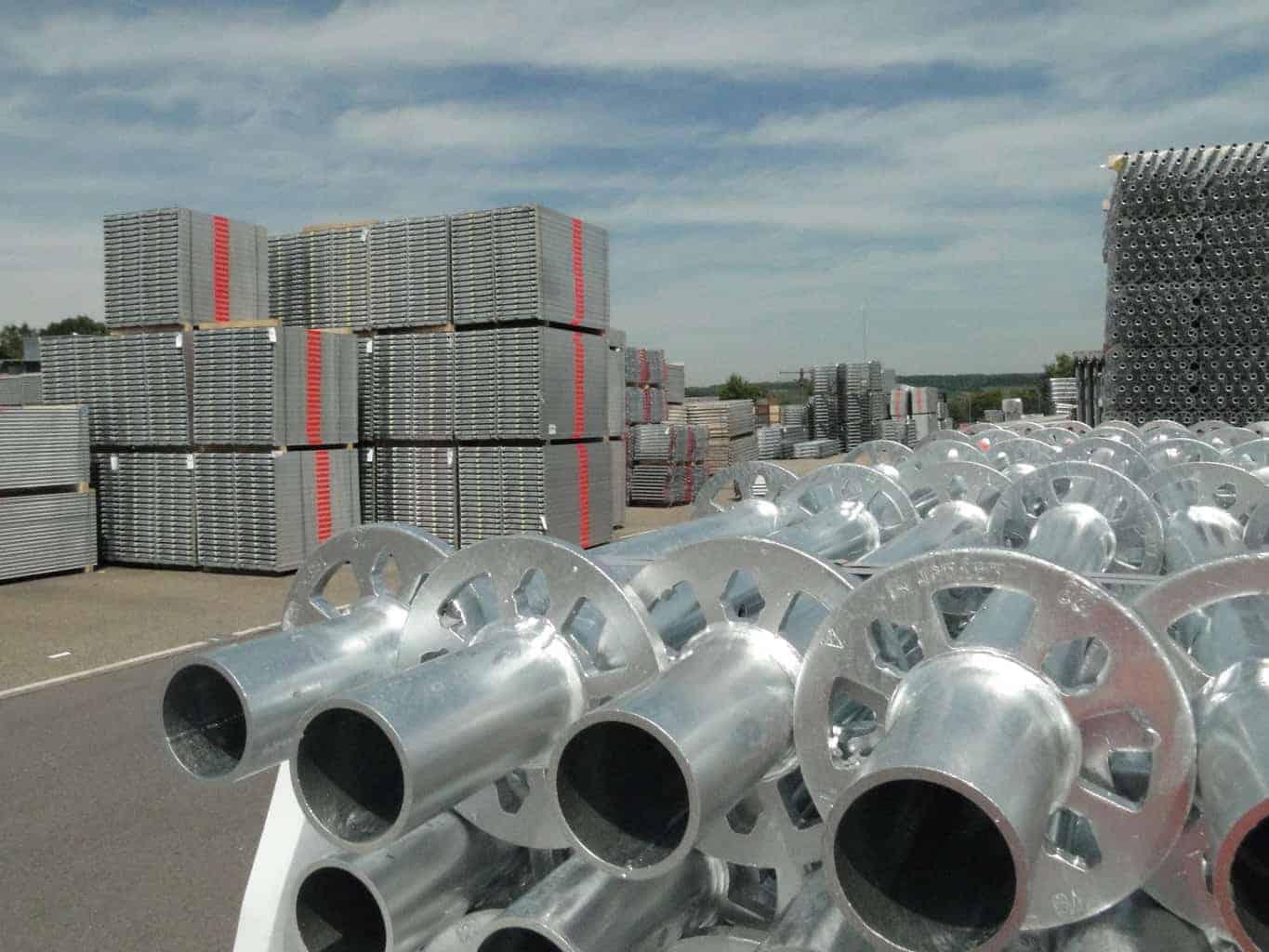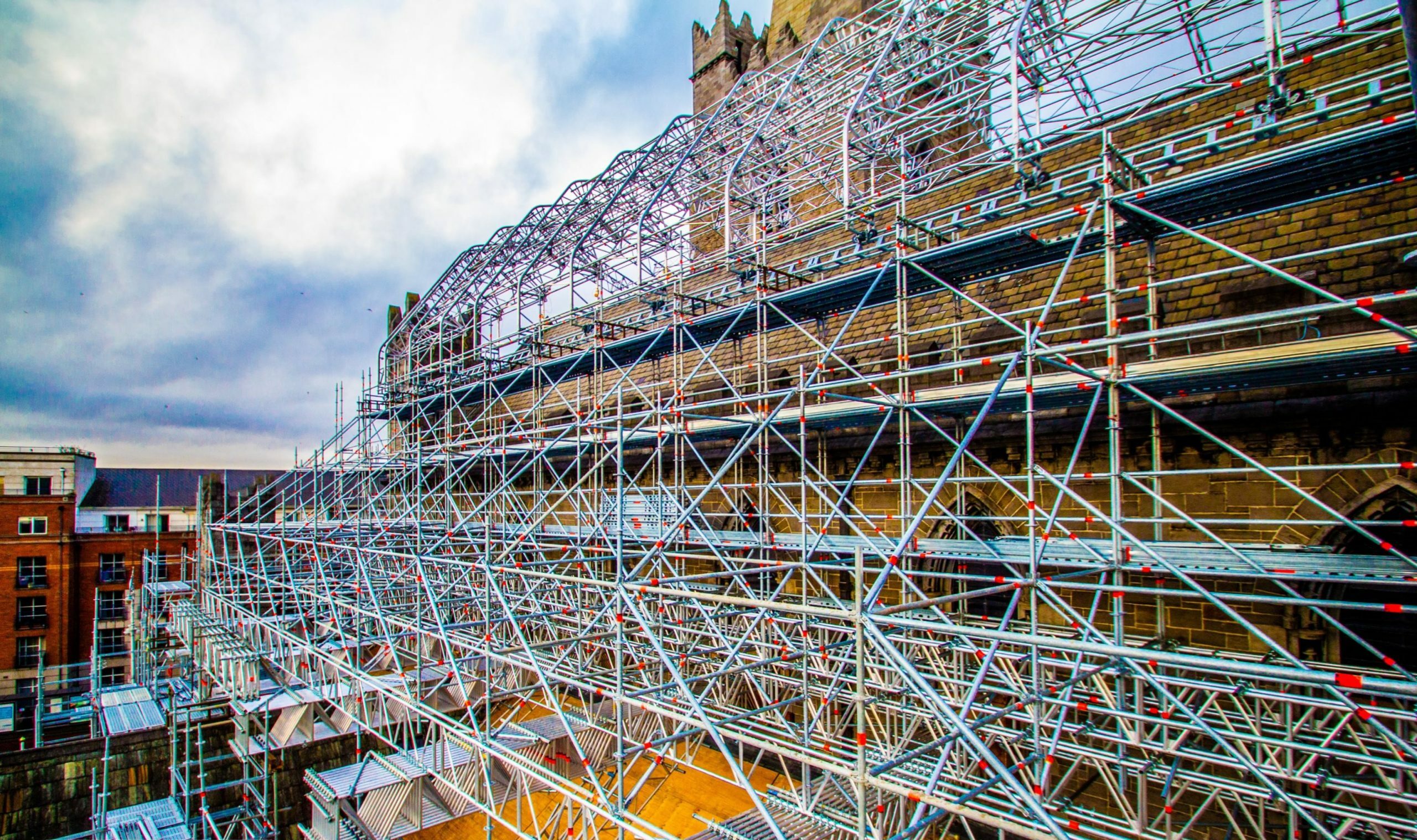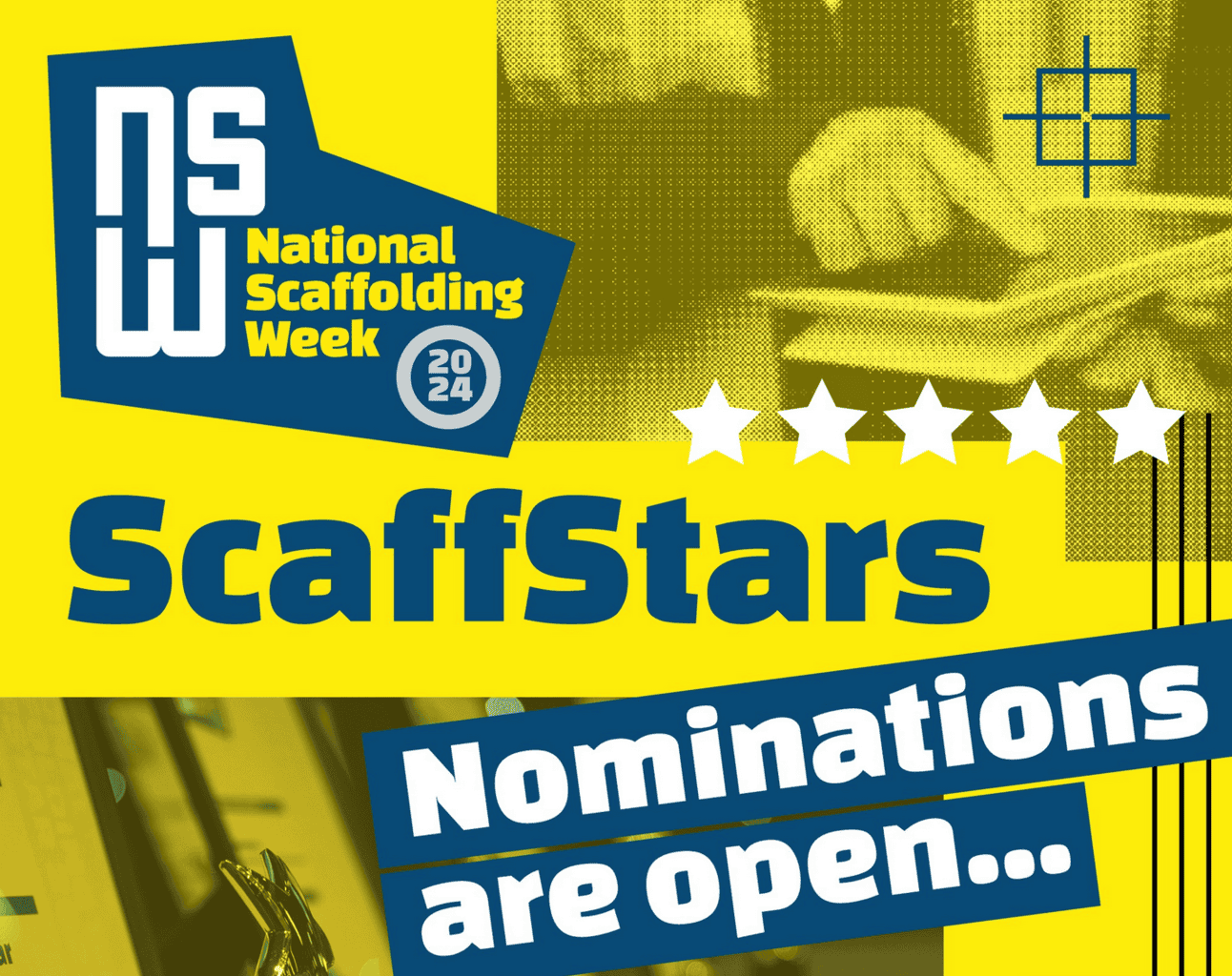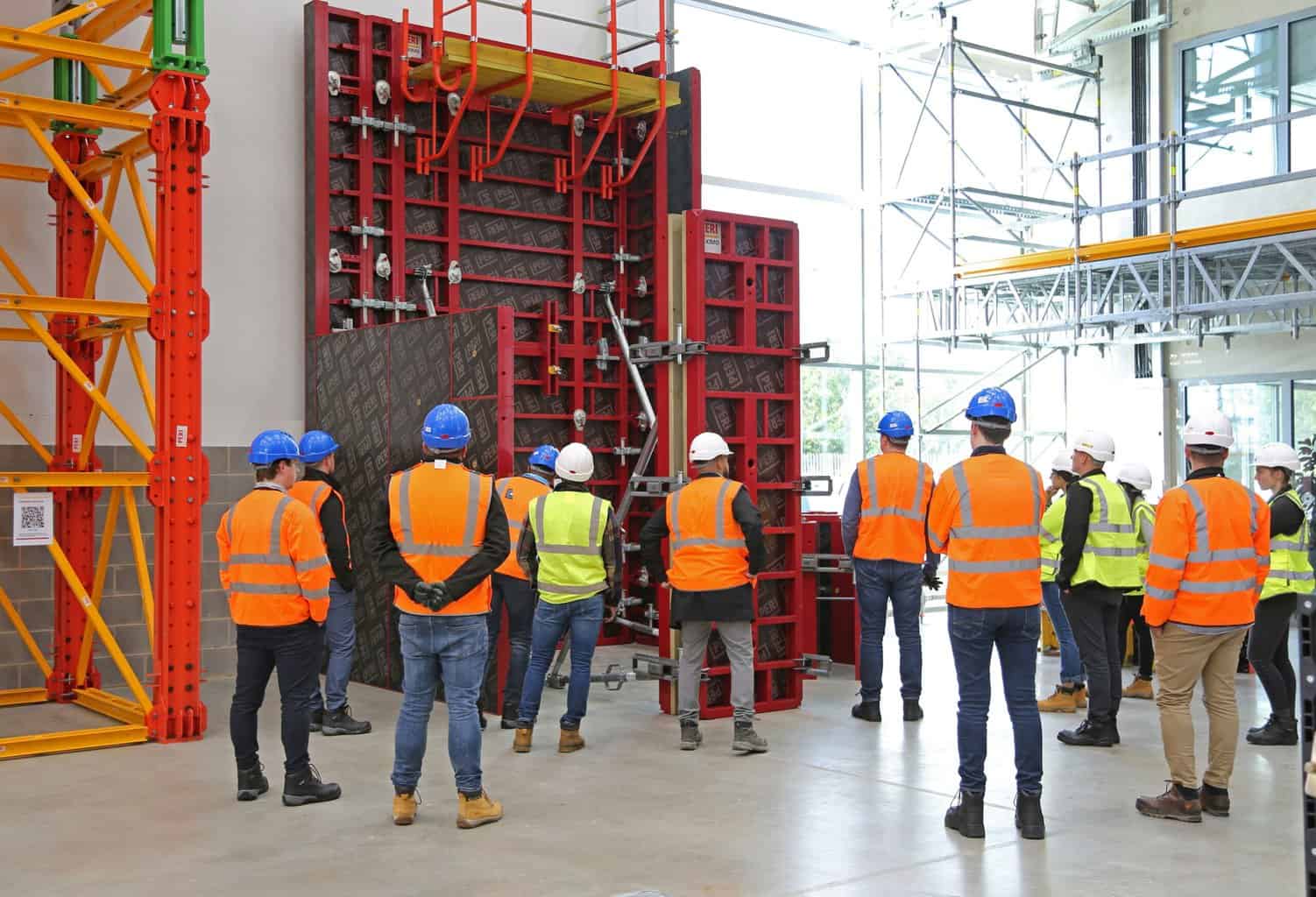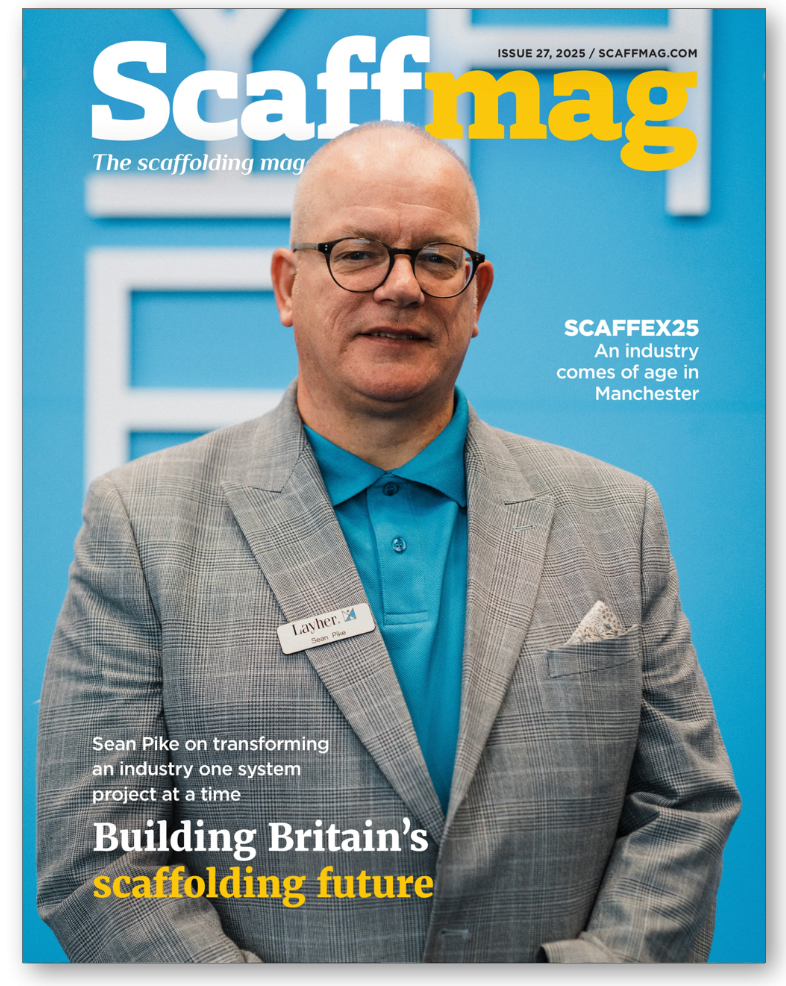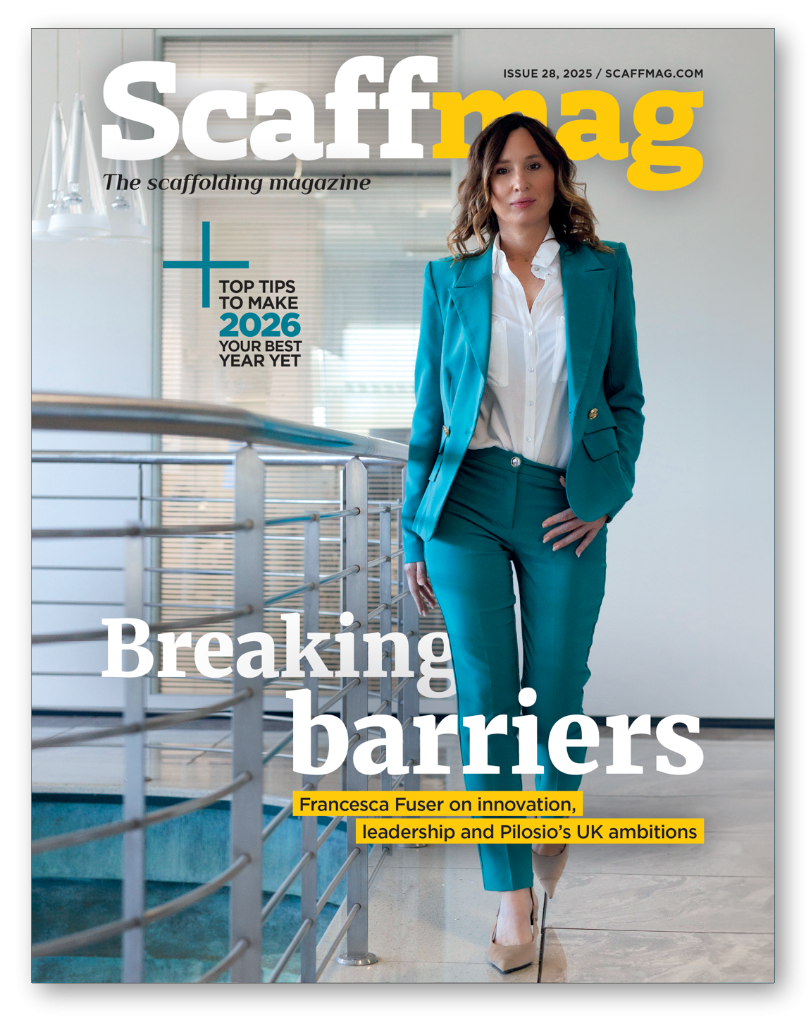
As someone with experience both of using systems scaffolding to build a business, and a CEO of a group that offered hire and sale options, I’m often asked about my opinions on this issue. I’ve set my personal thoughts and experience here, to give you an idea of the considerations and advantages of each option.
First, I think it’s important to note that there can be benefits to both hiring and buying system scaffolding. The well-known hire and sales companies working in this area all provide an essential service to the industry, but my preference – and advice – is always to buy. That’s why I’ve written other articles that set out the commercial argument for investing in system scaffolding.
However, if you use the hire facility in the right way at the right time, you can make it work for your business, in the short to medium term only. There is a big ‘but’ here – you must have a business model and a way of working that supports the efficient use of hired system scaffolding – otherwise you are almost certainly making a poor commercial decision.
Why do some manufacturers and H&S companies offer a hire option?
These companies want to be able to maximise their profits, as do we all, and there’s nothing wrong with that. It makes sense to give clients options – system scaffolding looks like a big investment, so many contractors think it is best to hire instead.
You can see that this makes some sense – it gives contractors the opportunity to use system scaffolding in practice and see what potential labour savings and other benefits they can gain.
As someone who has managed a large and well-known hire and sales business, I know that hire is always more profitable for the manufacturer than sale. Why? Because, despite the investment in stock and other overheads such as drivers, additional yard staff and commercial vehicles etc. hire rates are set to deliver more profit.
Again, you can understand this. For companies offering both hire and sale options, hire underpins that business. It gives them consistent, predictable, profitable income. That’s because the hire model is pretty much the same as the model that credit card companies use. Rates are set higher because customers tend to have less cash, and so are more likely to default on their payments. Hire companies have to cover themselves for this significant risk, so they charge more to customers who hire. Taking that risk, on balance, produces a greater level of profit.
So, that’s why some companies offer a hire option – but should you take that option?
Is it worth hiring system scaffolding?
My view is that, if you are running a highly disciplined and efficient operation, you can do good business with hire. If you are not, you will almost certainly lose or misplace equipment. And that equipment will be charged for by the manufacturer at full replacement cost. So you will be paying twice – and sometimes more than that.
But more importantly for the commercial impact on your business, if you choose to hire for the medium or long term, you will be paying out a lot of money in hire fees and have absolutely no equipment or assets to show at the end of it.
So you can save money in the short term, but you can, much more easily, lose money too.
In my experience, a small number of companies do manage hire very well – but they are very few and far between. As an example, in the early years of TRAD Hire & Sale in the late 1990s, GKR Scaffolding, a well-known and respected London scaffolding company, hired significant volumes of equipment from us – and it worked for them. The reasons why they were successful are straightforward – but are often very difficult to manage in practice:
- They hired equipment for one dedicated project.
- The equipment was always counted off at the start of the project.
- They never transferred equipment to another project, or brought equipment over from an existing project.
- No equipment was ever left unprotected on site overnight.
- Returns were always counted back in and signed for.
- They maximised profit and invested in their own equipment as soon as it was financially viable.
The way GKR Scaffolding handled its approach to hire, probably comes as no surprise when you see the quality of work they do. That only comes from running a highly disciplined and efficient organisation. The attention to detail and methodical way of working reduces the risk of mistakes with components and equipment, so means that the contractor is less likely to face a big bill for replacement.
In my experience, both at TRAD H&S and my knowledge of the workings of other well-known hire and sales companies, materials are counted out and back individually, diligently and honestly. But with the levels of stock and sheer scale and number of components – well into the thousands – mistakes can easily happen, and frequently do.
In addition, it’s important to remember that the H&S company naturally will have set the hire costs so that their own costs are covered, and profit is built in. So when you hire, you are essentially paying for the depreciation of the equipment, the manufacturer’s overheads and their profit margin – and potentially the default rates from other customers that we mentioned earlier.
All you have to show for it is any profit you make on the project you hire for. Is that worth it? My experience is that many companies have hired system scaffolding on a long-term basis and are paying for a substantial amount of stock that they no longer have, due to damage or loss. That’s why, in my opinion, you should always be extremely wary of companies that encourage long-term hire without offering any realistic and viable sale options – they are almost always looking for ways to maximise hire to underpin their business, rather than helping to support your business growth. This is particularly true of some – but not all – manufacturers.
That said, there are three times when I think hiring can benefit your business:
- When you are hiring solution components or specials that have low utilisation.
- When you have a short-term ‘spike’ in normal trading, and you need to hire to meet your commitments.
- When the agreed programme timescale is more convenient for hiring than buying.
If you find yourself in any of these situations, hiring is a good option. But you should always approach it from that position of discipline and efficiency, so you don’t end up paying more than you need to.
Why is buying system scaffolding better?
As I have written elsewhere, investing in system scaffolding is a much better commercial investment over a 10-year period. When you purchase, your balance sheet is stronger because you have an asset with a clear value, and that strengthens your business and can also bring significant tax advantages.
As Layher UK’s Brand Ambassador, I think its Rent to Own is a very sound option. That’s because:
- It doesn’t encourage expensive long-term hire.
- It offers significant financial options to allow you to purchase.
It’s a unique model in the UK market, and it’s designed to encourage scaffolding contractors to take a serious look at the commercial benefits of system scaffolding. It’s definitely not a foray into long-term hire – instead, you can start by renting, to get a taster of the equipment and what it can do, before moving onto the purchase.
This shouldn’t be mistaken for an opportunity to ‘dip your toe’ into system scaffolding. Layher genuinely believes that the best route for clients is to buy rather than hire, and it has finance options and significant customer support to help contractors go down this route.
Layher has two clear offers: Rent to Try and Rent to Own. You can find out more about both of these options at Layher’s Open Mornings, which take place across the UK this year.
The next one is in Yorkshire on September 3rd and there are four more opportunities this year where you can get close up to the equipment, see how it works and talk to the Layher team. I’ll be at every Open Morning, speaking on the commercial and operational benefits of investing in system scaffolding from a contractor’s perspective. Future dates are:
- Livingstone 24th September
- Midlands 8th Oct
- London 6th November
- ScaffEx24 29th November


